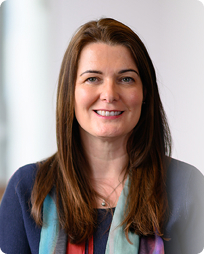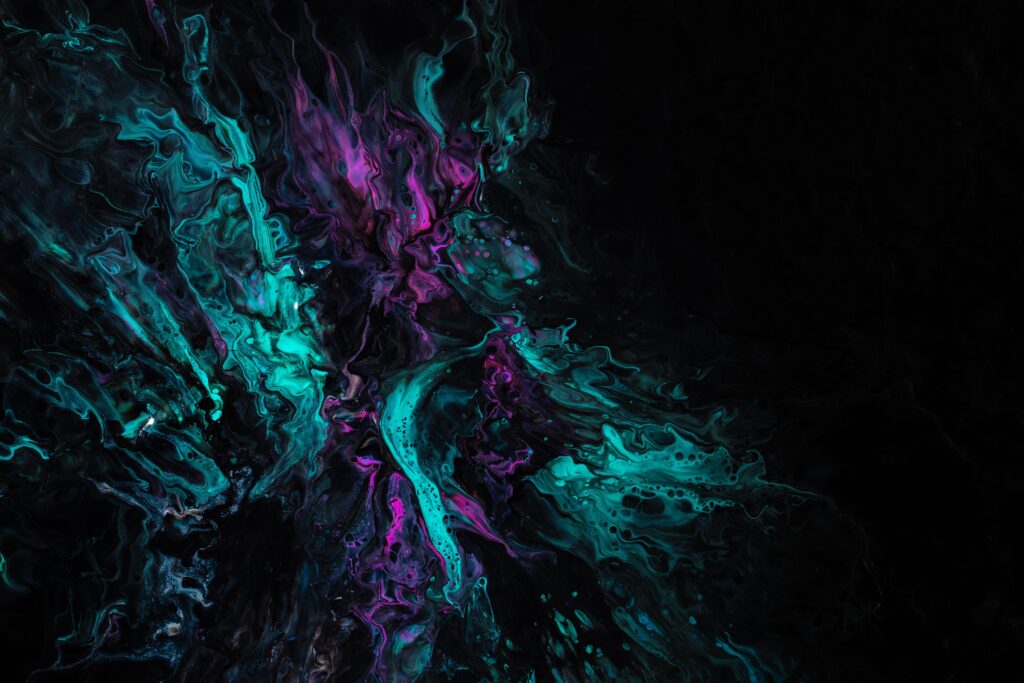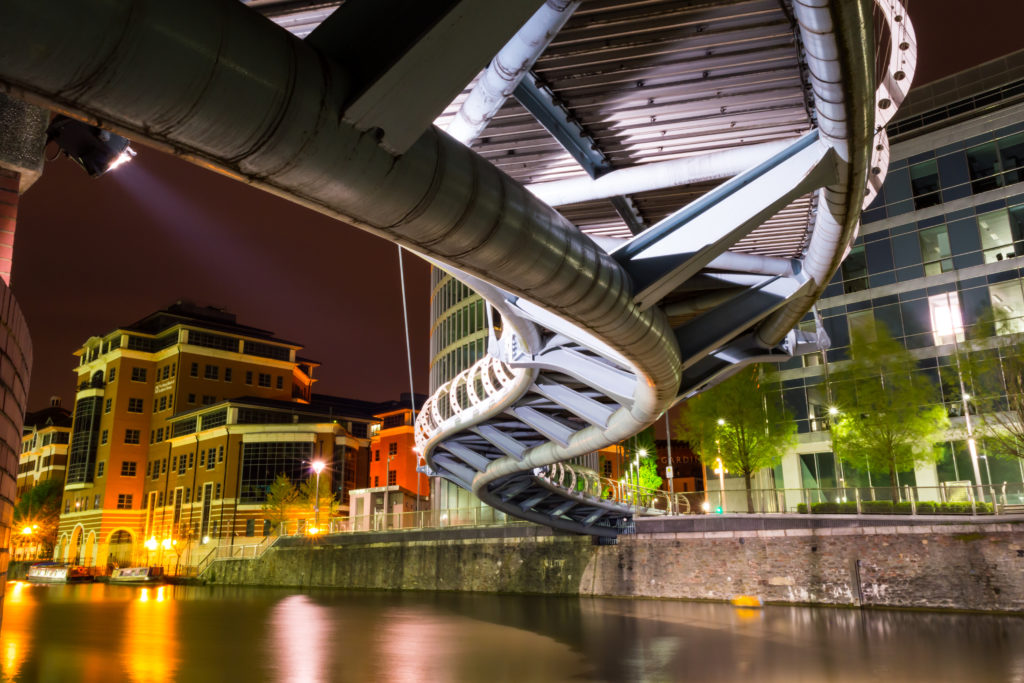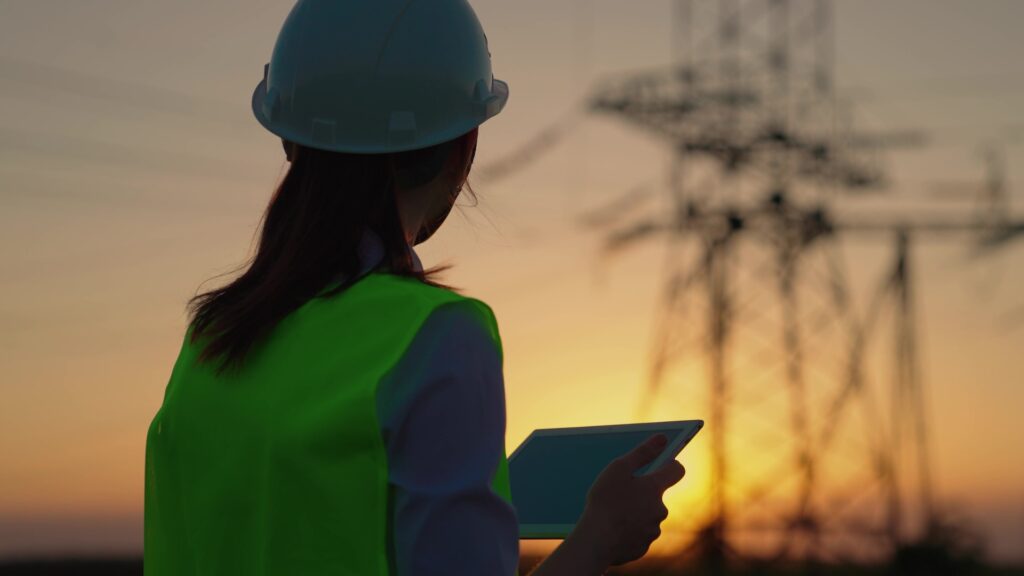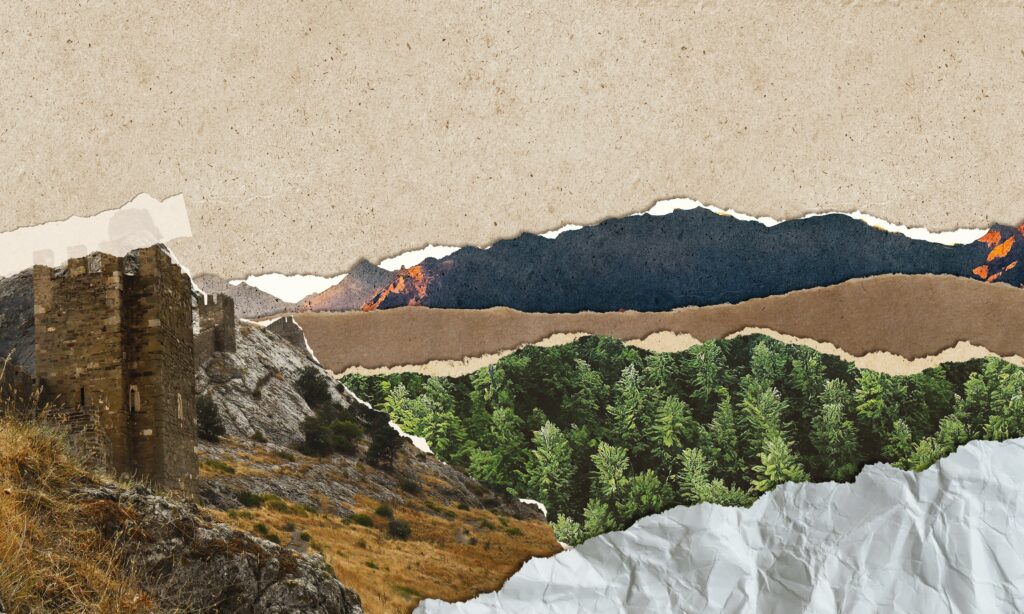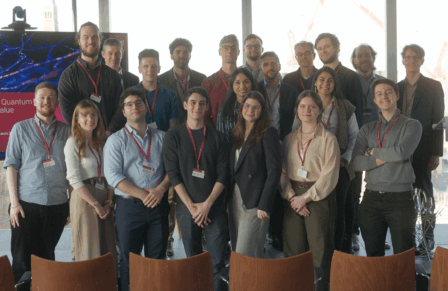From 360 film to togetherness, ‘world jumps’ to sustainability, these trends – spotted at Venice Immersive as part of Venice Biennale 2022 – reveal how far the industry has come and where it might go next.
Digital Catapult is dedicated to ensuring the UK is the most sustainable market in the world to create innovative immersive content and applications. Our content acceleration programmes and commercial projects, combined with continued investment in virtual media production infrastructure and capability has given much needed support to the fragmented immersive sector.
This year, our team of immersive experts went to Venice to seek out the cutting edge tech and trends set to keep the UK immersive industry ahead of the curve. Read more about what we spotted below.
360 filmmaking is taking centre stage
2022’s creators are using 360 filmmaking and experimenting with new techniques to revolutionise the medium. We’re seeing directors blend immersive theatre techniques with the increased graphical quality of 360 cameras, to stunning effect.
The winner of this year’s Grand Jury Prize at Venice, ‘The Man Who Couldn’t Leave’ by Singing Chen, brought together incredible sound, lighting and set design with digital elements to tell the story of the Green Island prison during the White Terror in 1950s Taiwan. This was an exceptional piece of 360 filmmaking, and there were many other fantastic examples in Venice, showing the breadth of work that advances in 360 film are making possible.
We’d like to see these advances appearing in filmmaking curriculums around the world. There’s a clear need for cross-curriculum, interdepartmental programmes at all levels, from those in education to professionals looking to upskill. Creators no longer need to be either 360 filmmakers, animators or world builders – instead these techniques are converging to make space for immersive creators who can do it all.
Installations are getting more interactive
After two years of limited at-home experiences, there’s an increase in interactive, experimental work that pushes the viewer’s participation further than ever before.
A stand-out piece at Venice was ‘Eurydice, Een Afdaling In Oneindigheid (Eurydice, A Descent Into Infinity)’ by Celine Daemen, which invited the viewer to go on a journey to the underworld with the mythical figures Orpheus and Eurydice. For 20 minutes the viewer walks across gravel and sand, feeling the ground shift beneath their feet as the headset augments their experience of movement and travel. This could be the furthest you’ll ever walk in a VR experience!
Digital Catapult and Art Council England’s CreativeXR programme showcased ‘Dazzle: A Reassembly of Bodies’, which combined dance, fashion, live performance and motion capture with monochrome visuals to evoke the 1919 Chelsea Arts Club Dazzle Ball at the Royal Albert Hall. The VR experience invited participants to dance with performers shifting between virtual and live choreographies. This took them beyond observing, and it was wonderful to see how audiences interacted, reacted and experienced the sense of touch in VR.
Viewers are being encouraged to find their voice
Immersive is progressing even further than touch, sight and movement, with creators inviting interaction through speech, too. One example, ‘Tmání (Darkening)’ by Ondřej Moravec, exploring the director’s experience of depression and his use of voice as therapy, encouraged participants to shout, sing and hum in response.
The reaction was fascinating, revealing how different cultures feel about being loud and taking up space. Some people were comfortable using their voice, while others felt awkward. It’ll be interesting to watch how this trend develops and whether it will be more popular in some parts of the world than others.
The pandemic has inspired celebrations of togetherness and teamwork
We’re seeing more and more experiences involving working in a team and finding joy in togetherness – often with a theme of collaborating to survive. Perhaps this is no surprise after a difficult two years marked by separation and struggle.
One example of this, ‘Ascenders’ by Jonathan Astruc, took a team up a mountain to survive a flood. This was a fun, social experience that asked team players to solve puzzles together in order to reach salvation at the summit.
Also clear to see was how much VRChat worlds have grown amid the pandemic. Since 2020 the industry has used virtual spaces to stay connected. At Digital Catapult we created our own VRChat world based on St Pancras train station to host a virtual CreativeXR afterparty in December 2020, and it’s thrilling to see how it has grown as a platform since then.
The Metaverse is moving into real-world spaces
There is growing interest among content creators, brands and audiences in ‘cyber-physical’ experiences that invite you to jump between VR and real worlds.
The Venice Immersive team created a VR club experience called Sodaworld, a digital twin of a Johannesburg music venue, Soda Studios. Accessible from anywhere in the world, Sodaworld’s virtual world was live-streamed from Venice, interlaced with a live stream of the real club, complete with DJs, dancers, and partygoers.
‘World jumps’ like this create unforgettable experiences. There’s a huge opportunity here for creators, and a pressing need to explore the infrastructure and skills needed to push this trend further.
The next wave of headsets brings creative opportunity
The headset of choice is still the Meta Quest 2, regardless of level of interactivity. Some of the content we saw made use of the more interesting features of Quest 2, such as hand tracking. One piece, German Heller’s charming mixed-reality game ‘Eggscape’, used what is known as the limited passthrough capability, where the Eggscape reality is overlaid on our reality in black-and-white, which certainly made the Eggscape colours pop.
There’s so much potential in these features and in the next generation devices. It’s exciting to think about what creators can make as headsets continue to evolve.
Immersive teams are increasingly considering environmental impact
Sustainability has long been a buzzword at festivals, but in Venice we saw a shift towards putting into practice what has so far only been preached.
One panel discussion was particularly illuminating. In ‘The Environmental Impacts of Immersive Content: A Carbon Footprint Report for Okawari (2022) and Umami (2018)’, the team explained how ‘Okawari’, as well as being an immersive experience, is an active research piece allowing them to assess the environmental impact of their work.
They looked at the impact of showcasing an immersive installation, which included transporting and building the set (upcycled from a previous piece, ‘Umami’). Train travel was encouraged, and they measured the carbon footprint of their set. And, working with the festival, they captured where audience members had travelled from and which type of transport they used.
An interesting Q&A revealed how engaged people are in questions around the impact of immersive work. Was the carbon impact of producing ‘Okawari’ worth it, or would it have been more climate-friendly not to bother? The thinking was that although the carbon could have been saved, the impact of getting the sustainability message out was better than not sharing it at all.
The discussion ended on a note of hope that this would inspire others in the industry to think and act with sustainability at the centre of their work. There was a suggestion that we could soon see dedicated environmental officers within immersive teams.
Immersive is becoming more inclusive with Web3
There is hope that with Web3 more creators can be included and more sustainable business models created. VRChat worlds and experiences show how the platform has helped democratise experiences by lowering the barrier to entry. As Web3 and other social world-building spaces grow, we look forward to seeing the barrier lowered further, allowing a new wave of creators to enter the industry.
As part of Digital Catapult’s mission to make the UK a leader in developing immersive content, we are running a series of accelerator programmes to support immersive creators and studios.
You can find out more about Digital Catapult’s immersive work in the West of England here.
Find out more about Digital Catapult’s work with Augmented Reality trailblazer Niantic Labs here.
We are also preparing a series of metaverse & virtualisation acceleration programmes in 2023, in partnership with leading brands, to support the UK’s most cutting edge startups. If you’d like to learn more, get in touch here: [email protected]






